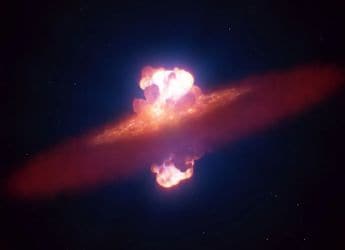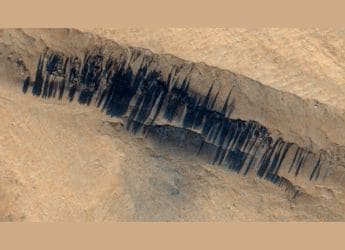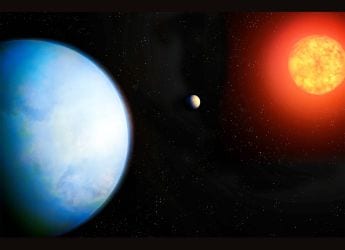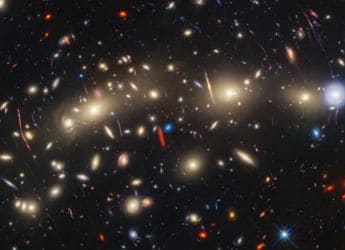- Home
- Mobiles
- Mobiles News
- Quantum Photonic Imager to Bring Holographic Projection Tech to Phones
Quantum Photonic Imager to Bring Holographic Projection Tech to Phones
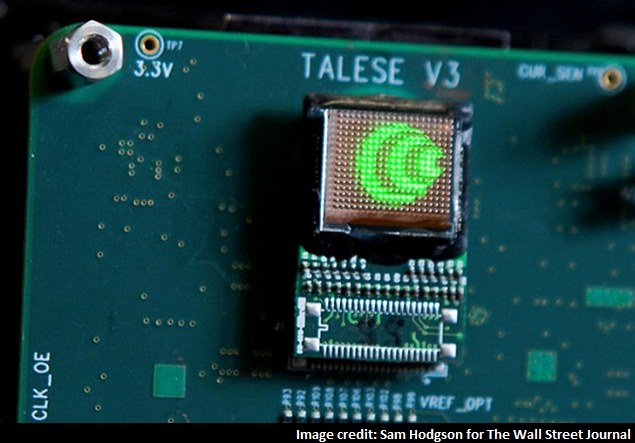
Reported by WSJ, the startup has succeeded in developing miniature projectors that can emit crisp videos and glasses-free 3D images for smartphones and giant screens. Called the Ostendo Quantum Photonic Imager, it combines an image processor with LEDs alongside embedded rendering software.
Ostendo says that it has plans to work with handset manufacturers to incorporate its 2D projector chip, which can be out in consumers hands before the summer of 2015. The size of it would be roughly the size of an iPhone camera at less than 0.5 cubic centimetres.
The company also expects to begin manufacturing the 3D version of the chip that will feature holographic capabilities in the second half of 2015; with the cost estimated at about $30 a chip.
Ostendo's Chief Executive and Founder, Dr. Hussein S. El-Ghoroury, believes that the company still needs to improve the 3D product and is aiming to make the pixels even smaller to achieve the high resolution.
According to MIT's professor Ramesh Raskar, the key to Ostendo's 3D-capable holographic projection chip is its high pixel density, equal to about 5,000 dots per inch (dpi).
The company has been developing the miniature projectors for the past nine years, and WSJ reports it has raised roughly $130 million in government (via Darpa) and venture capital funding. Powered from a computer chip these miniature projectors can control the colour, brightness and angle of each beam of light across one million pixels.
The Wall Street Journal team also got a chance to see the working prototype, which featured a "set of six chips laid together that beamed a 3-D image of green dice spinning in the air. The image and motion appeared consistent, irrespective of the position of the viewer," the report added.Get your daily dose of tech news, reviews, and insights, in under 80 characters on Gadgets 360 Turbo. Connect with fellow tech lovers on our Forum. Follow us on X, Facebook, WhatsApp, Threads and Google News for instant updates. Catch all the action on our YouTube channel.
Related Stories
- Samsung Galaxy Unpacked 2025
- ChatGPT
- Redmi Note 14 Pro+
- iPhone 16
- Apple Vision Pro
- Oneplus 12
- OnePlus Nord CE 3 Lite 5G
- iPhone 13
- Xiaomi 14 Pro
- Oppo Find N3
- Tecno Spark Go (2023)
- Realme V30
- Best Phones Under 25000
- Samsung Galaxy S24 Series
- Cryptocurrency
- iQoo 12
- Samsung Galaxy S24 Ultra
- Giottus
- Samsung Galaxy Z Flip 5
- Apple 'Scary Fast'
- Housefull 5
- GoPro Hero 12 Black Review
- Invincible Season 2
- JioGlass
- HD Ready TV
- Laptop Under 50000
- Smartwatch Under 10000
- Latest Mobile Phones
- Compare Phones
- Vivo Y500 Pro
- Realme GT 8 Pro Aston Martin F1 Limited Edition
- Huawei Mate 70 Air
- Moto G57
- Moto G57 Power
- Motorola Edge 70
- Moto G Play (2026)
- Moto G (2026)
- MacBook Pro 14-inch (M5, 2025)
- Asus Vivobook S16 (S3607QA)
- iQOO Pad 5e
- OPPO Pad 5
- Noise Diva 2
- Noise Halo 2
- Acerpure Nitro Z Series 100-inch QLED TV
- Samsung 43 Inch LED Ultra HD (4K) Smart TV (UA43UE81AFULXL)
- Asus ROG Ally
- Nintendo Switch Lite
- Haier 1.6 Ton 5 Star Inverter Split AC (HSU19G-MZAID5BN-INV)
- Haier 1.6 Ton 5 Star Inverter Split AC (HSU19G-MZAIM5BN-INV)














